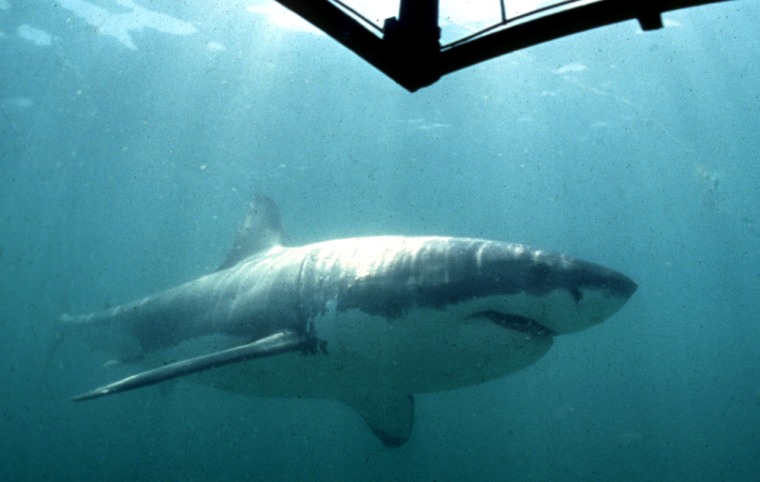More shark and ray species will be added as endangered on a global watch list in another sign that the planet’s oceans are in trouble, a leading scientist said on Wednesday.
“The situation in many other cases is more serious than we realized ... shark populations are in decline globally,” said Rachel Cavanagh, Program Officer for the Shark Specialist Group with the World Conservation Union, also known as the IUCN.
Overfishing and a soaring demand for shark fin are the prime culprits behind the threats facing the creatures.
Cavanagh said the additions would be made after a meeting this month of shark experts in Florida.
List at 82 species and counting
“At least 10 more shark and ray species will be added to the IUCN Red List of Threatened Species,” she said.
The Red List -- a respected wildlife barometer widely used by scientists and conservationists -- currently classifies 82 sharks and rays as threatened.
The classifications are vulnerable, endangered or critically endangered. Animals in these categories are considered to be threatened with extinction. Cavanagh said one of the ocean’s most feared predators, the powerful great white shark, was itself under grave threat.
“The great white shark, already considered as vulnerable globally, may turn out to be more threatened than previously assumed, and will be classified as threatened,” she said.
Great whites are mostly found off the coasts of South Africa, California and Australia.
“Overfishing and a lack of management are the biggest threats to sharks. The trade in fins has rocketed over the past two decades with no controls,” Cavanagh said.
Shark fins for soup
Estimates put the number of sharks netted for the lucrative fin trade at millions annually though no hard figures exist.
Fishermen often hack off the valuable fins, prized in soups in Asia, and discard the rest of the bloodied animal. New species to be “red listed” include the oceanic whitetip shark of the Gulf of Mexico and New England’s thorny skate.
The plight of the sharks is another example of the sorry state of the world’s seas. Nearly 75 percent of the world’s oceans are considered overfished or fished to the limit.
But Cavanagh said there was some good news. “Some species are rebuilding off North America such as black-tipped sharks due to stringent management,” she said.
